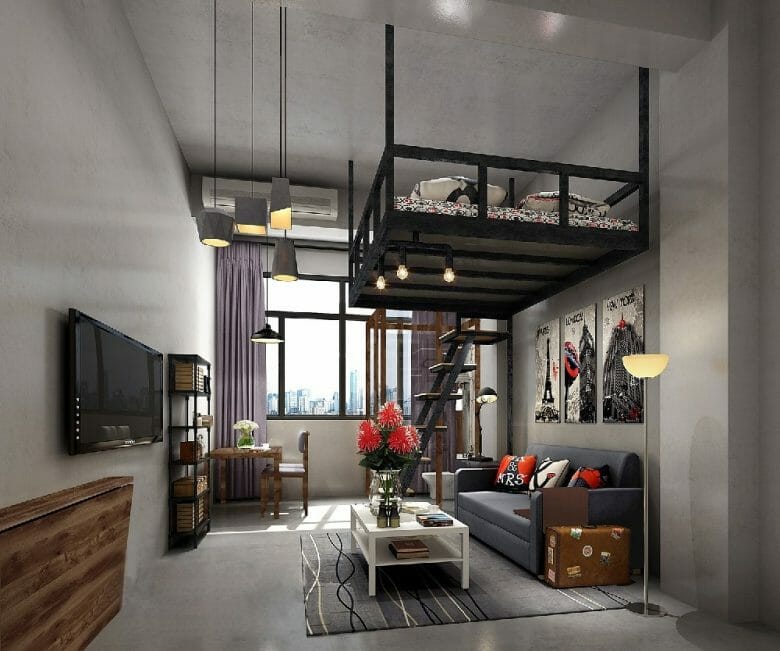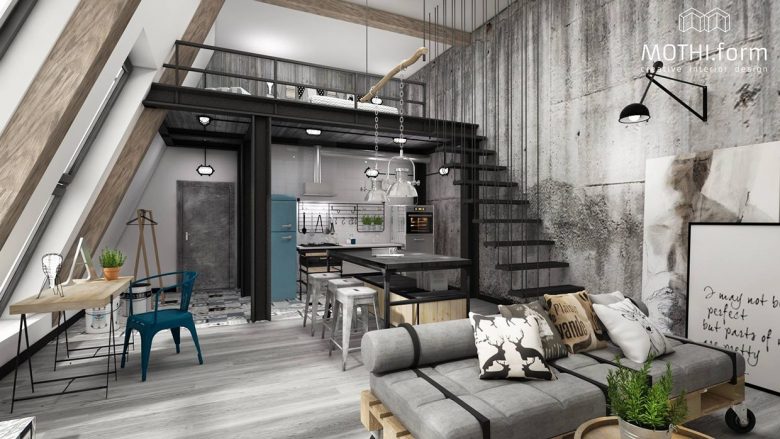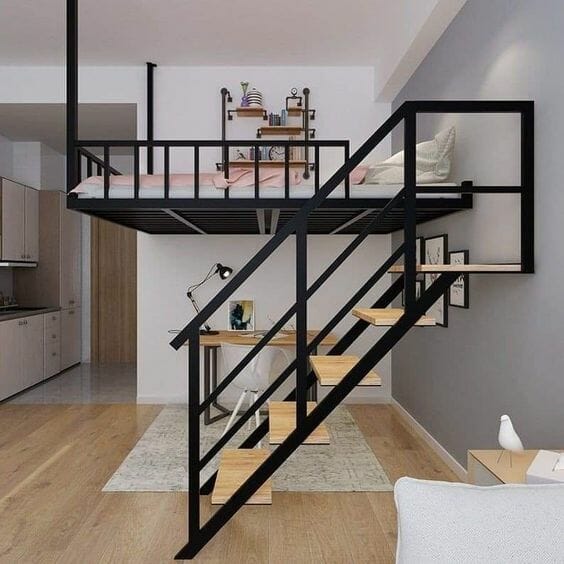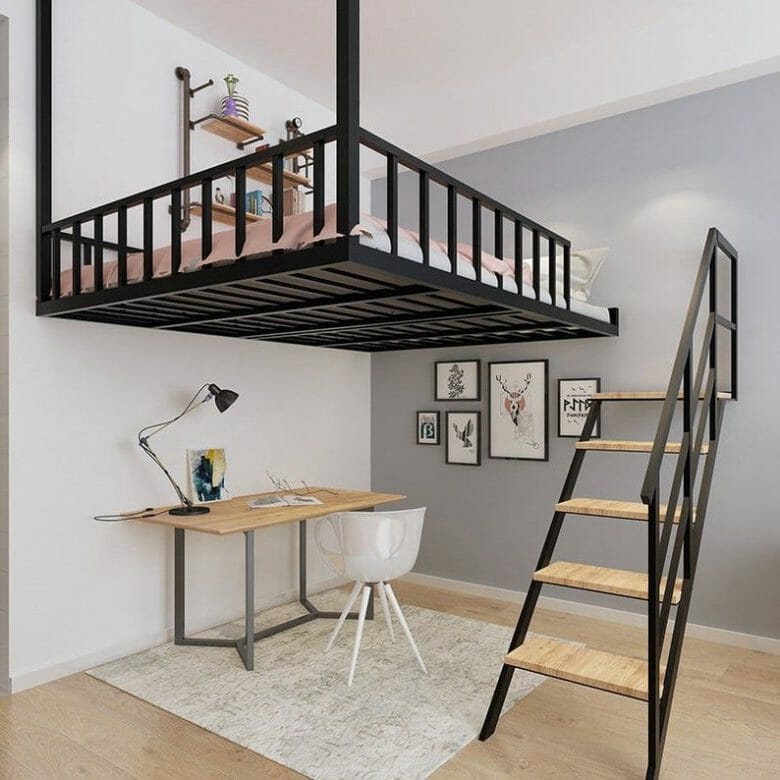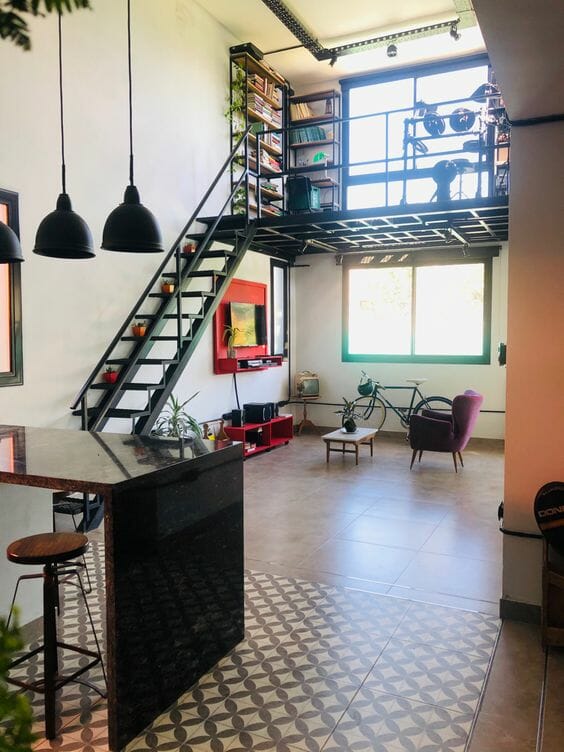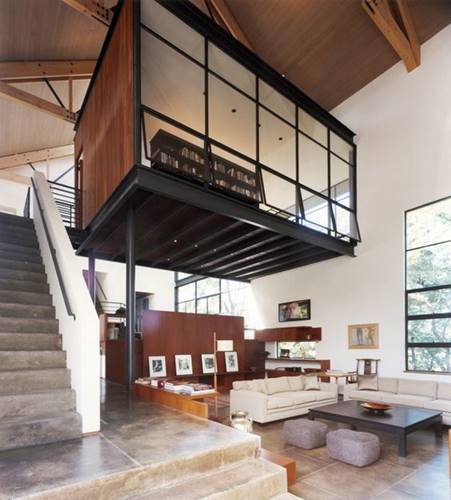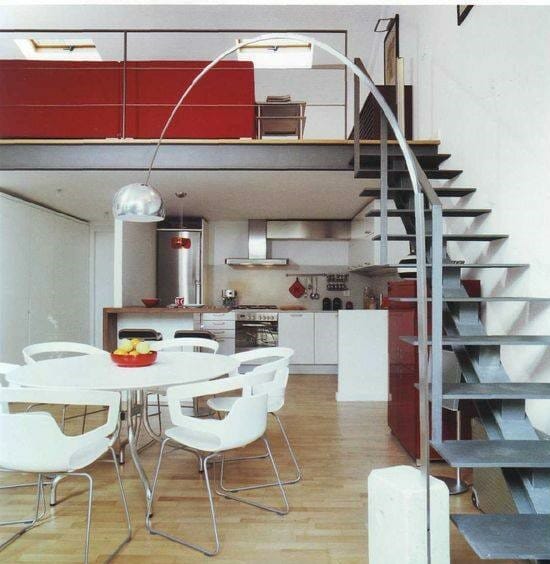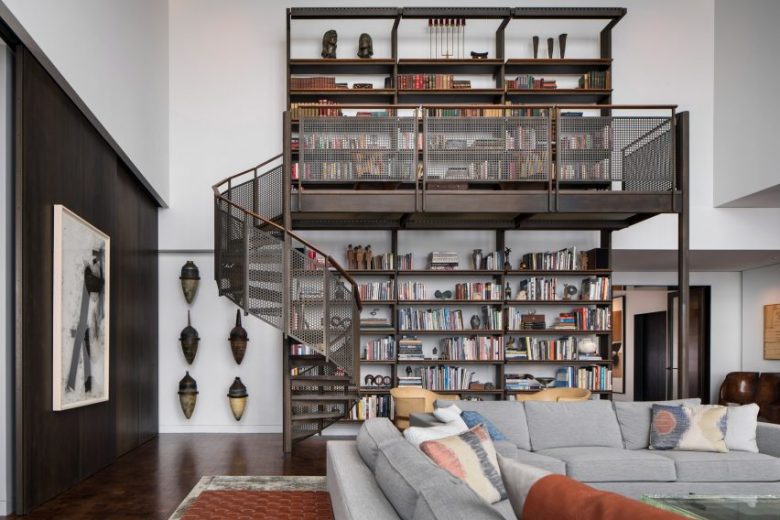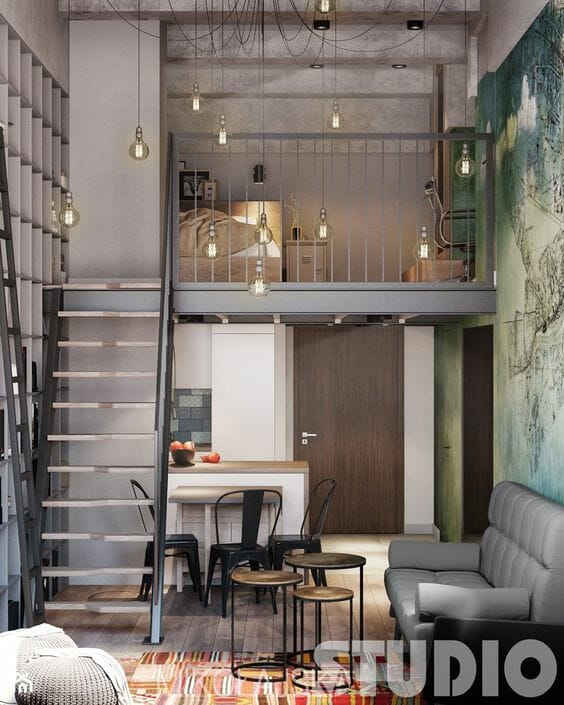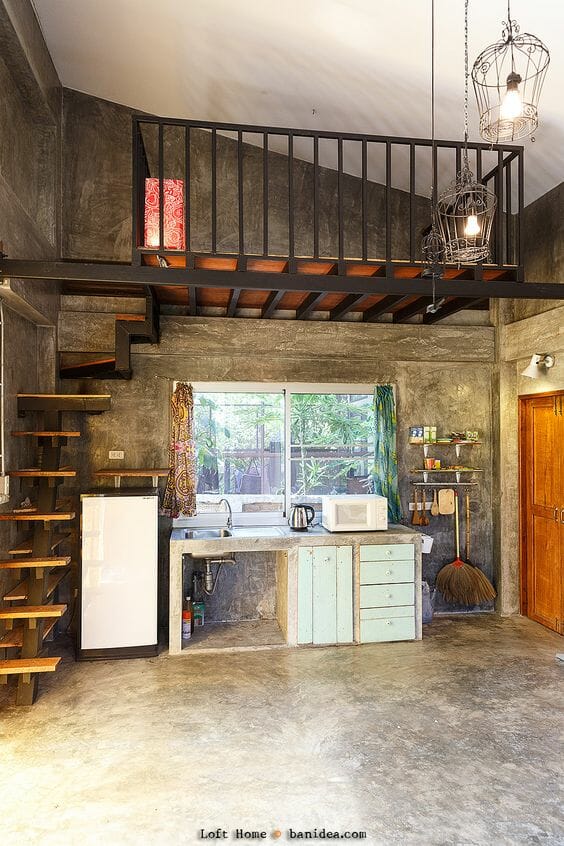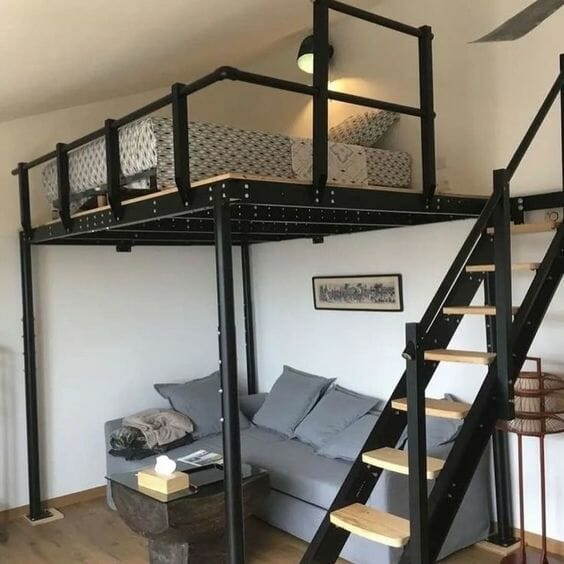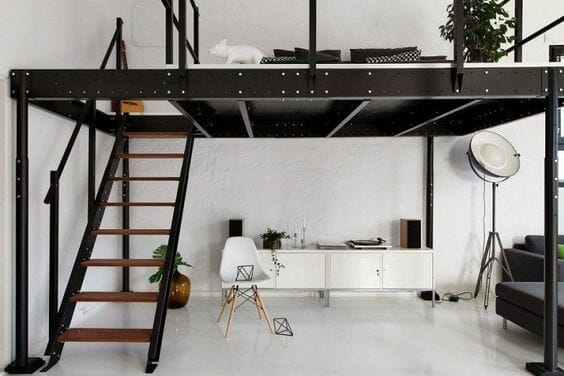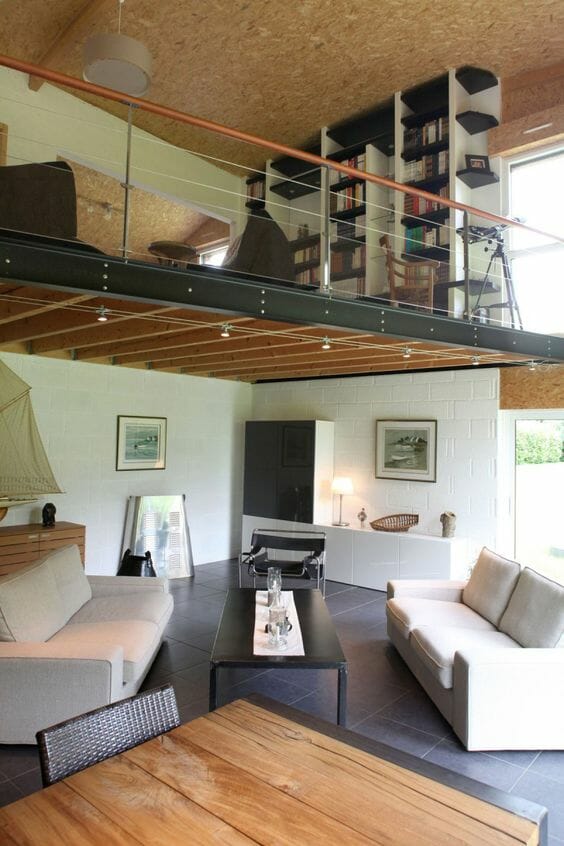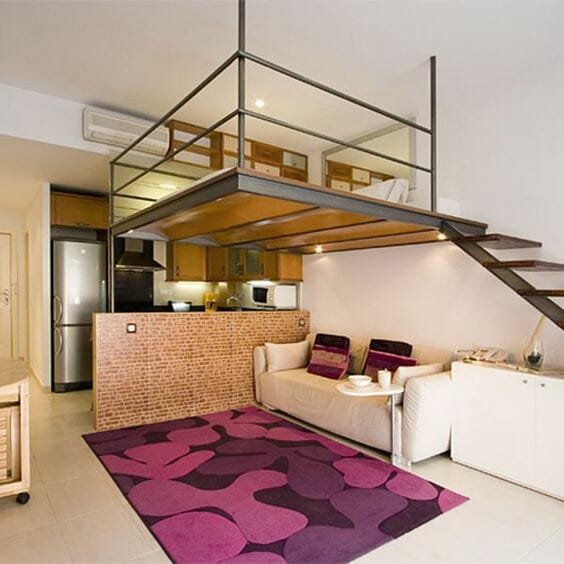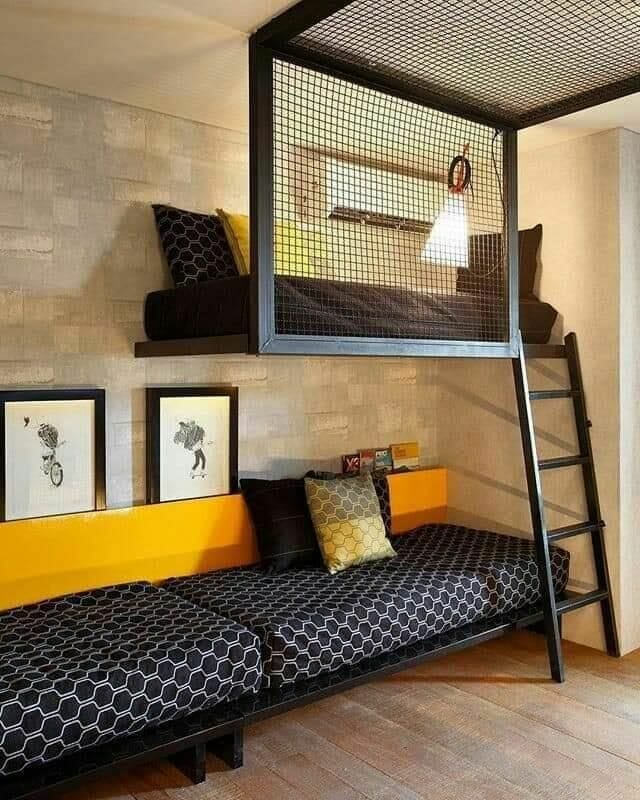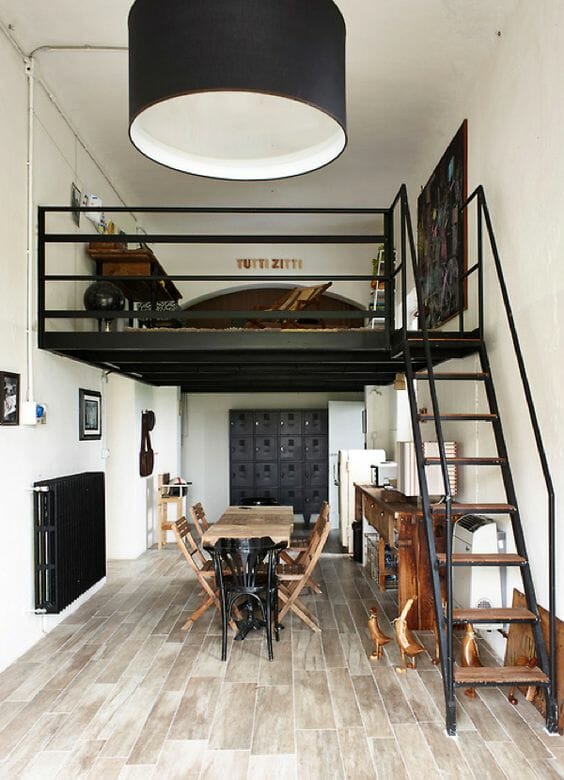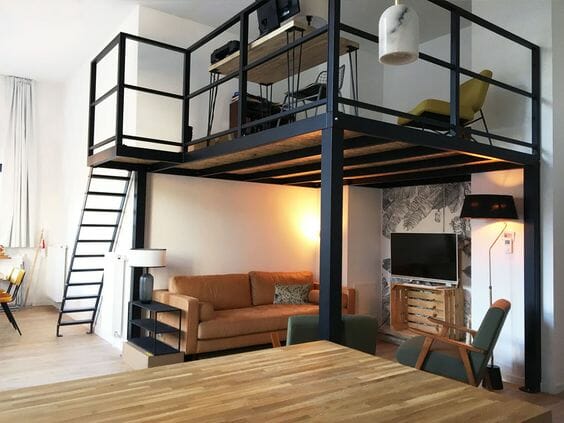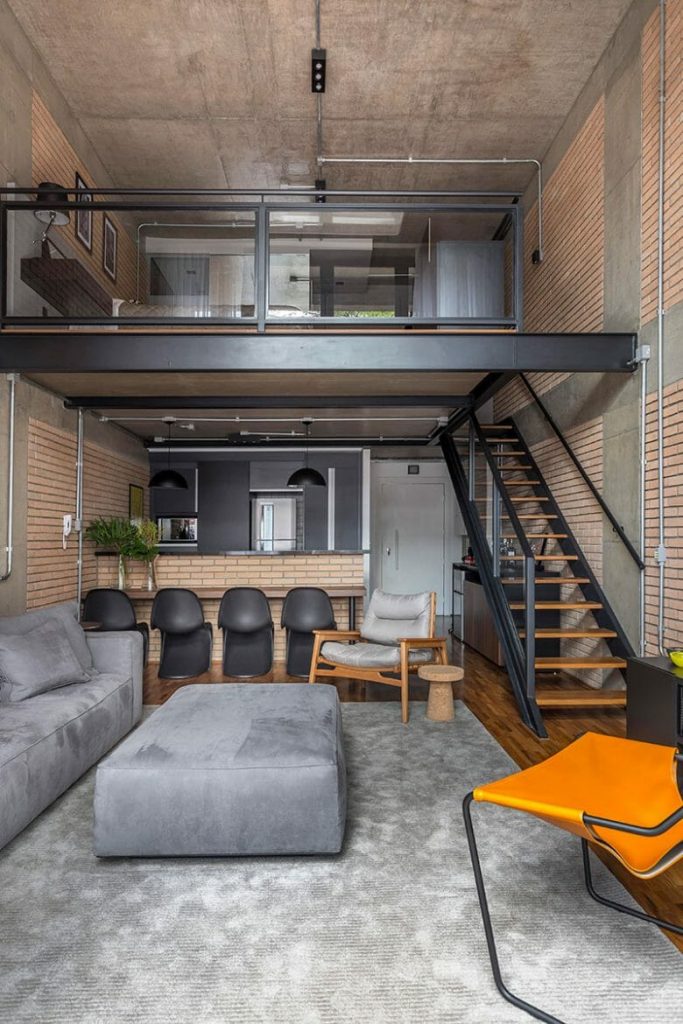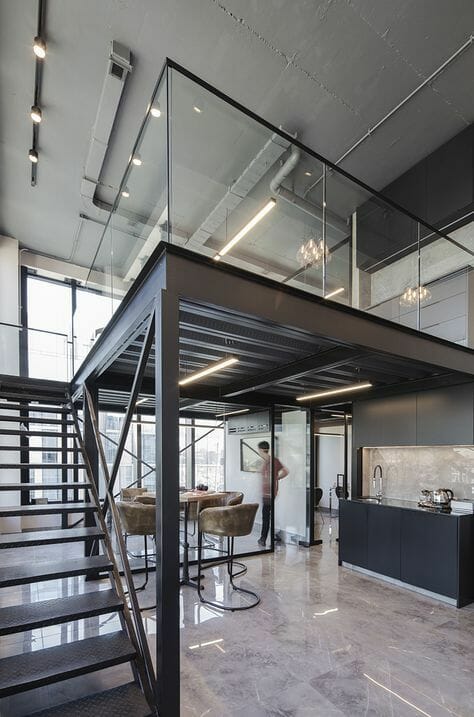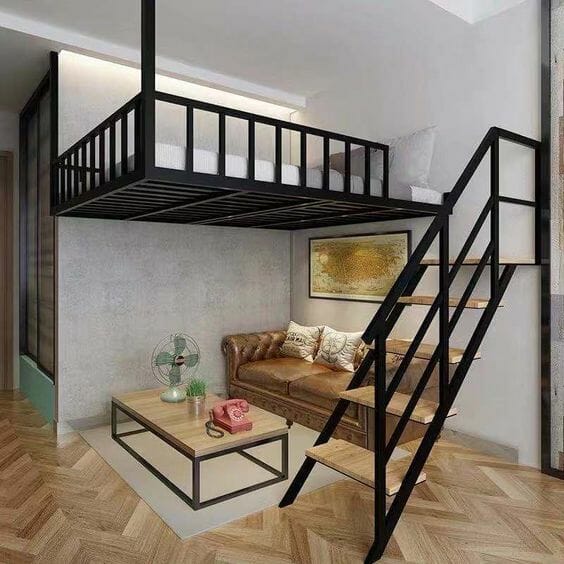
A mezzanine can be described as an intermediate floor in a room, which is placed half-way up the wall and doesn’t extend over the whole space of the floor below.
Mezzanines are typically used in spaces with tall ceilings, with levels placed at a floor height that lets both the area above and that below be used as a functional space.
They can be permanent or temporary, and are often used in high-ceilinged spaces such as warehouse buildings.
Adding a mezzanine does not affect the outside of a building, so planning permission is often not required. However, anything that changes the slope of a roof or adds a dormer will usually need planning approval, so it is always best to check with your local authority early on before any building or preparatory work starts.
A quick call to a duty officer should enable you to understand if you’ll require planning permission for your project.
Building work can be quite hefty, as a mezzanine will add additional weight to the supporting walls of your house, and will need its own supporting structure.
Such an element can sometimes mean modifying the existing roof and ceiling, so it’s important that you consult an engineer to design the new mezzanine and provide calculations and information for building regulations to ensure work falls within legal requirements.
If you live in a semi-detached or terraced house and your new structure is attached to a wall that divides you and your neighbour, you will need a Party Wall agreement before work takes place.
All of this may sound like an enormous amount of red tape, but it’s essential that you comply. Plus, importantly, some of the best design comes out of the greatest constraints and in the smallest spaces.
Mezzanines are also great for home offices, where masses of head height may not be necessary, and can work well over bathrooms, if well planned, as they don’t typically need generous heights.
.
.
.
.
.
.
.
.
.
.
.
.
.
.
.
.
.
.
.
.
.
.
Credit: Pinterest


